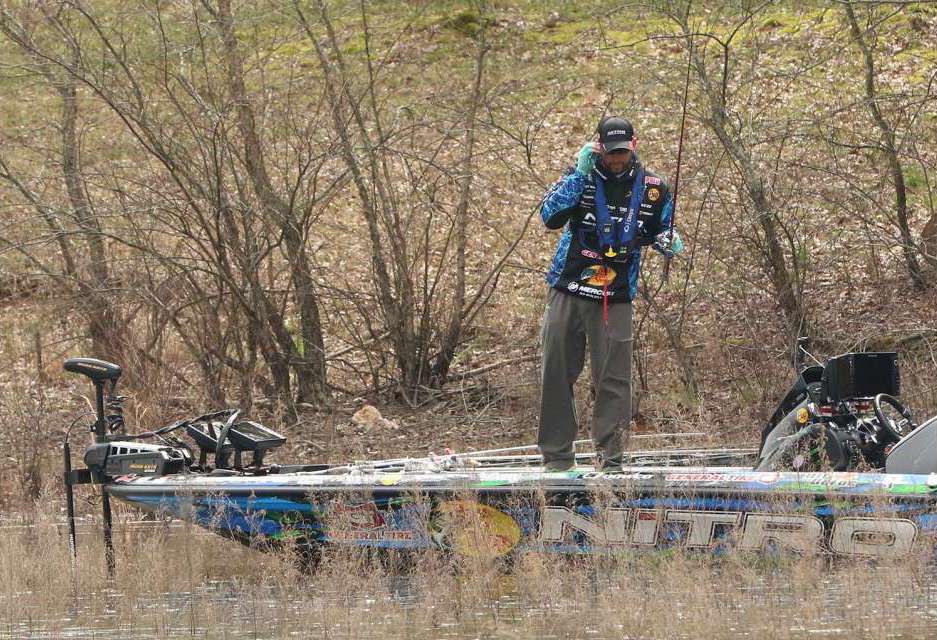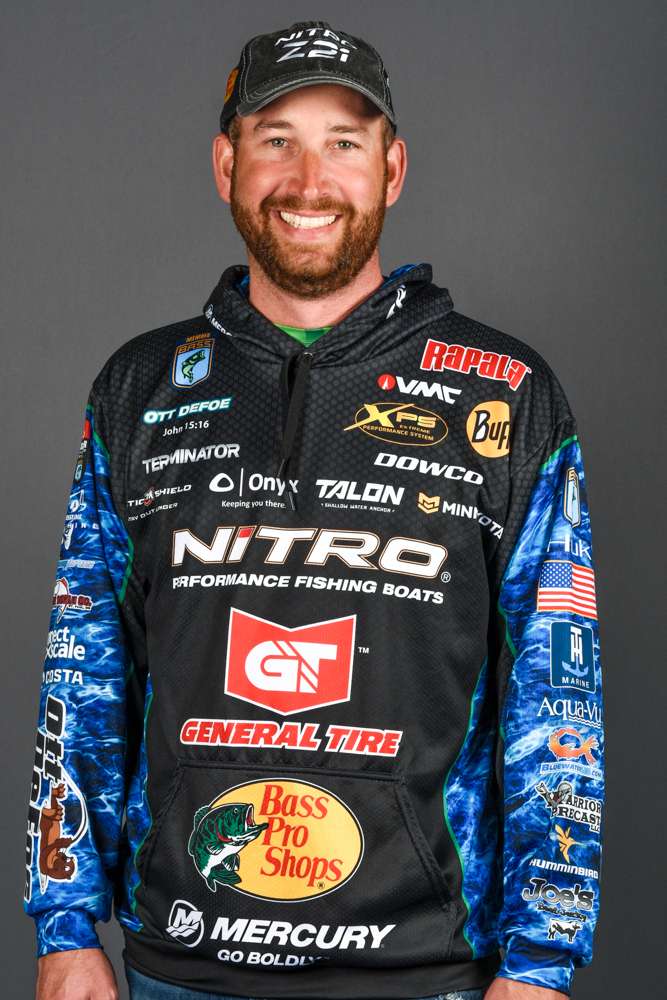
Bladed jigs have been around and have been catching bass since at least 2004 or 2005, but it seems like they’ve really come into prominence in the past few years. At least they have outside the professional ranks where they’ve been popular for a longtime. What’s so special about these baits? Why do they catch fish when other lures don’t seem to get it done?
We can start answering those questions by looking at what bladed jigs are all about. They are sometimes described as a cross between a swim jig and a spinnerbait. There’s some truth in that, but I think a better description is that a bladed jig is a cross between a swim jig and a crankbait. I say that for two reasons.
The first is that the vibration you feel when you retrieve one is more like the vibration you feel from a crankbait than it is from a spinnerbait. In some cases that’s better. The second is that bladed jigs are more efficient than spinnerbaits, and certainly more efficient than crankbaits in some situations. And, with one important exception, they’re almost totally weedless.
If you cast a bladed jig out and let it fall into vegetation, pads, reeds or dead leaves it’ll pull up clean. For the rest of your cast it’s working, doing its thing. That makes it more efficient than many other lures. Obviously, other baits are efficient and weedless, notably soft plastics and jigs, but you don’t get the same vibration and the action from them.
There is one exception to my weedless-efficiency observation, though. Bladed jigs like wood. No, they don’t like it. They love it. If there’s a piece of it around, they’ll go to it, grab it and hold on for dear life.
Despite all of what I’ve said not all bladed jigs are created equal. The best ones start with a good line tie. The line ties on the early models were horrible. In some cases they made the bait useless. The newer ones are much better on most of them.
Other things that make a bladed jig good are: A solid, well-built blade that’ll survive vicious strikes; a head with a wide profile so you can skip the bait; a good, workable bait-keeper that holds your trailer solidly in place; and a long shank hook that runs out, off the head so you get good hooksets.
Most bladed jigs will catch a few bass if you just throw them out and crank them back, but there are other ways to fish them that will put more bass in your livewell. The first one I’m going to talk about is the crayfish bite.
When they’re feeding on crayfish you can slay them with a bladed jig. Pick one out with a dark, crayfish looking skirt and a black blade. Crank it along, right down near the bottom, and hang on.
I don’t know what kind of vibration a crayfish makes when it scoots along the bottom, but it must be similar to that of a bladed jig because bass love both of them.
Another thing that works real well is to skip a bladed jig back under docks, overhanging limbs and around cypress trees. This is really the only time I fish one up, off the bottom. I just get it under the cover and crank it back. Very few bass in those places ever see a bladed jig. They attack instantly.
My strong preference is for 1/2-ounce weights. That seems about right for most applications. I do carry a few 3/8-ounce weights in my boat, however. I use them for very specific presentations — very deep and very slow.
I carry six colors, but I only use three most of the time. My favorite is green pumpkin with a black blade. The other two are black-and-blue with a black blade and chartreuse and white with a gold blade. In fairness, I should say that every now and then I pick out a pretty shad colored one with a silver blade and give it a try. I always put a trailer on my bladed jigs.
That’s the basics of a basic bass bait that’ll catch ‘em under a wide variety of conditions and during most seasons. Keep a couple of them handy this year.

